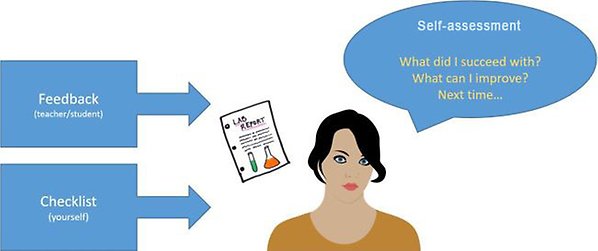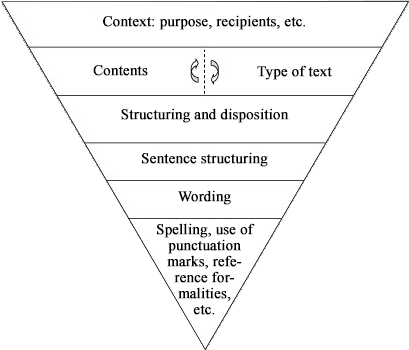Feedback

Receiving and giving feedback on completed assignments is key to developing and working purposefully, both during the programme and in your career.
In both professional and academic life, feedback on performed tasks is central to developing and doing effective work. Being able to give feedback to another person in such a way that the recipient accepts the criticism constructively is very important and is in itself an exercise in leadership and empathy.
Positive criticism that focuses on what went well reinforces that behaviour and should outweigh constructive criticism. Constructive criticism, in turn, helps the recipient to identify areas where they can benefit most from reinforcement. In the Master of Science and Bachelor of Science in Pharmacy programmes, students will practice both receiving and giving feedback.
One suggestion is to start with yourself and your experience ("I" message) when giving feedback. Experiences can sometimes be of a more personal nature than fixed truths, and it is easier to accept criticism if you do not feel accused of anything. Remember to give feedback on the persons’ actions and tasks and not on the persons themselves. Also, try to give constructive suggestions for improvement.
Write: “I have difficulty understanding the purpose of the project as it seems to consist of several sub-projects described in one long paragraph. Is it possible to divide the paragraph or can this be clarified with a picture or flowchart?”
Do not write: “Your purpose is completely incomprehensible. It is impossible to understand what you mean when you describe a lot of different parts in a disjointed way in a single body of text. You need to break this down or make a picture.”
Feedback forms
There is support for feedback in the form of feedback forms for the different elements covered by PUFF.
When giving feedback on a written text, there are many different aspects on which to give feedback. The following model facilitates feedback on texts and is used, for example, by the Language Workshop.
The text triangle
The text triangle illustrates the writing process and the different knowledge and skills a writer needs. The upper levels of the triangle are more extensive and complex, while the lower levels are more limited. The better you are at the lower levels, such as sentence structure or spelling issues, the more energy you can devote to structure or content issues.
Although, in practice, most people work at several levels simultaneously, the text triangle indicates a progression from the upper to the lower levels. The upper levels need to be addressed before the lower ones for a good text. Providing feedback at the upper levels is demanding but essential and can lead to significant improvements in the text.

The Text Triangle according to Torlaug Løkensgard Hoel, 2001: Skriva och samtala. Lärande genom responsgrupper.
